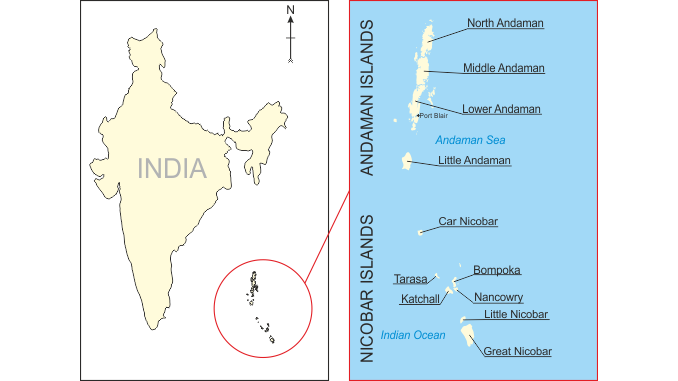
Paper category: Original research paper
Corresponding author: Gnanakkan Ananthan (casananthan@yahoo.co.in)
DOI: 10.1515/ohs-2018-0012
Received: August 30, 2017
Accepted: November 16, 2017
Full text: here
Citation (APA style):
Abstract
Ascidians are filter-feeding sac-like marine urochordates of great evolutionary, ecological and economic importance. Andaman and Nicobar Islands are one of the most important hot spots of biodiversity in India, while the ascidian diversity of this region is very scanty. Ascidians belonging to 29 species were identified at the Andaman and Nicobar Islands during the field research carried out from March 2014 to April 2015. Eight species (Didemnum granulatum, Didemnum molle, Didemnum psammatodes, Diplosoma listerianum, Lissoclinum fragile, Lissoclinum levitum, Lissoclinum patella, Trididemnum Cyclops) from the Didemnidae family were found and identified. Various diversity indices, such as the Shannon -Wiener index (H’), Margalef’s index (D), Pielou’s index (J’), K-dominance curves, Cluster Analysis and Multidimensional Scaling, were used to analyze the diversity, richness and evenness of species, and to compare the diversity between samples and their resemblance in terms of species composition. The maximum species richness was observed in Campbell Bay (2.424) and the minimum in Haddo Wharf (0.910). This finding shows the rich species diversity of ascidian fauna at Andaman and Nicobar Islands.

Be the first to comment